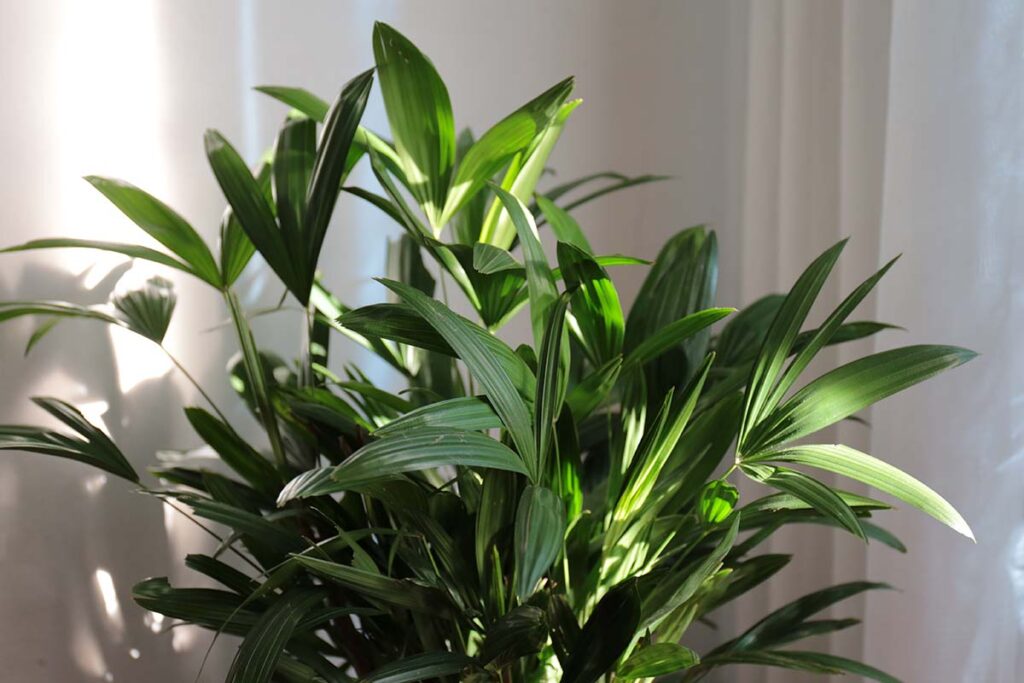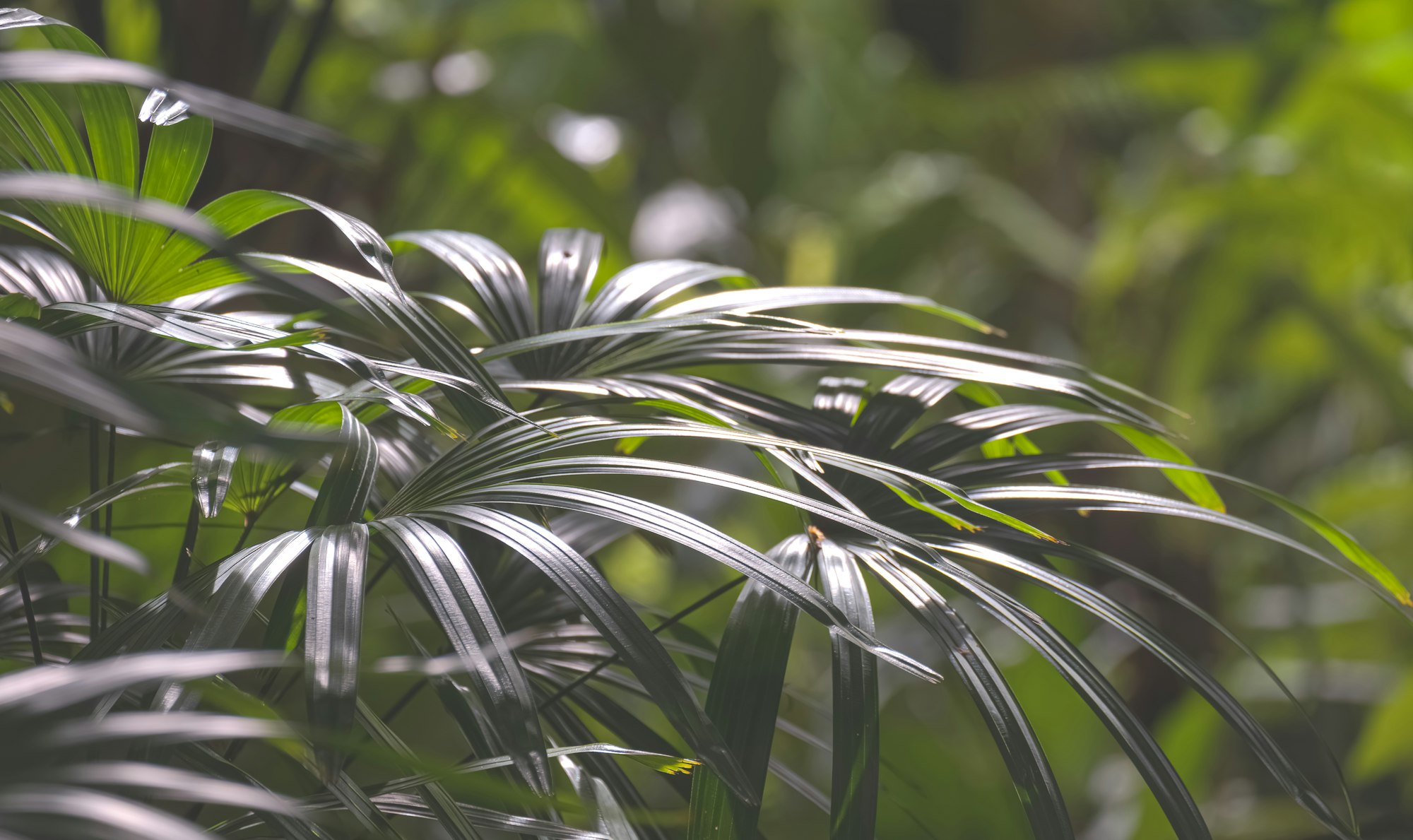The Rhapis Palm, or as it’s often affectionately known, the Lady Palm. This elegant and distinguished plant has a way of bringing a touch of sophistication and a whisper of tropical breeze into any room it graces. So, grab your favourite cup of tea (or coffee, I don’t judge), and let me take you on a little journey to get to know this beautiful indoor companion a bit better.
A Little Background Story
The Rhapis Palm, scientifically called Rhapis excelsa, is like the old soul of the plant world. Originating from the lush landscapes of Asia, it has made its way into the hearts and homes of plant enthusiasts around the globe. Its charm lies not just in its beauty but in its resilience and adaptability, making it a perfect fit for indoor environments.

Why You’ll Love the Rhapis Palm
There are a handful of reasons why the Rhapis Palm might just become your next green best friend:
- Air Purifying Properties: Like a silent guardian, it works tirelessly to cleanse the air you breathe, making your home not just prettier but healthier too.
- Low Light Lover: Unlike other divas of the plant world, the Rhapis Palm doesn’t demand the spotlight. It thrives in low light conditions, making it perfect for that cozy corner you’ve been wanting to spruce up.
- Easygoing Nature: If you’re anything like me and sometimes forget your plant’s watering schedule, you’ll be relieved to know the Rhapis Palm is quite forgiving. Its water needs are moderate, and it’s not too fussy about its soil, either.
Caring for Your Rhapis Palm
To ensure your Rhapis Palm lives a long and happy life, there are a few care tips you’ll want to keep in mind:
- Light: While it’s a champion of low light, the Rhapis Palm does appreciate indirect, bright light too. Just keep it out of direct sunlight to avoid scorching its leaves.
- Watering: Wait until the top inch of soil is dry before giving it a drink. Overwatering is the nemesis of many a houseplant, including our dear Rhapis.
- Feeding: During the growing season (spring and summer), treat it to a balanced liquid fertilizer once a month to support its growth.
- Temperature and Humidity: It prefers temperatures between 60-80°F (15-27°C) and enjoys moderate humidity. If your home is on the drier side, a pebble tray or occasional misting can help.

A Personal Anecdote
Let me tell you about the time I nearly lost my beloved Rhapis Palm to an overzealous heating system. One winter, I noticed its leaves turning brown at the tips, a sure sign it was unhappy. It turned out, my radiator was drying it out! A quick relocation and a humidifier later, it was back to its vibrant self. Just goes to show, even the most resilient plants need a little TLC.
In Conclusion
The Rhapis Palm is more than just a plant; it’s a statement. It says, “I care about my environment, I love nature, and yes, I have impeccable taste.” Whether you’re a seasoned plant parent or new to the greenery game, the Rhapis Palm is a delightful addition to any indoor space. Its graceful presence, air-purifying abilities, and relatively easy care make it a favourite among plant lovers. So, why not welcome a Rhapis Palm into your home and let it work its quiet magic?






